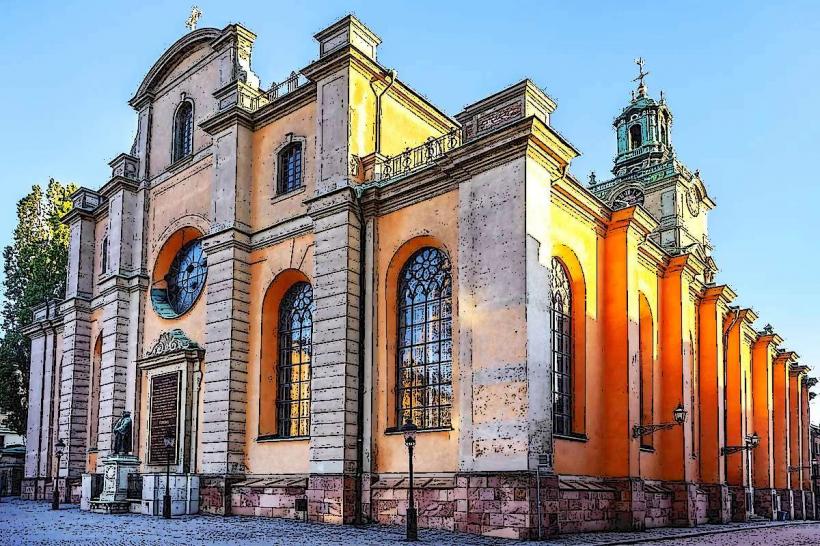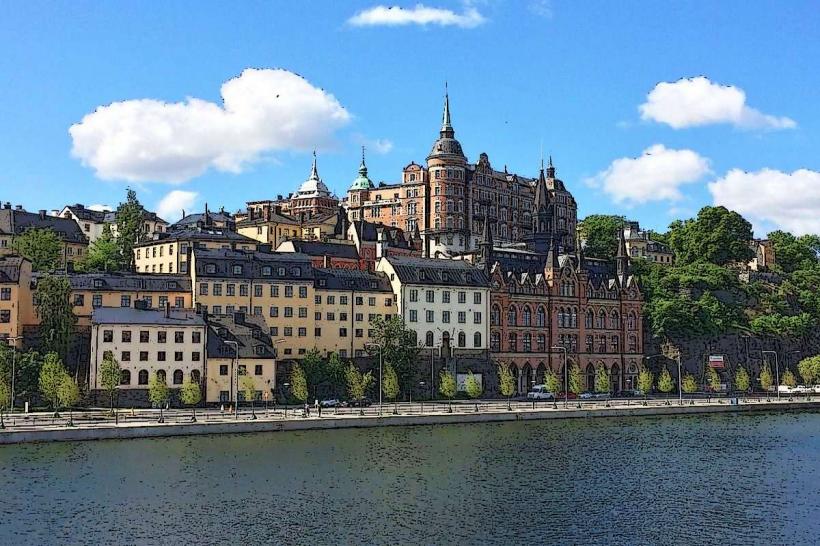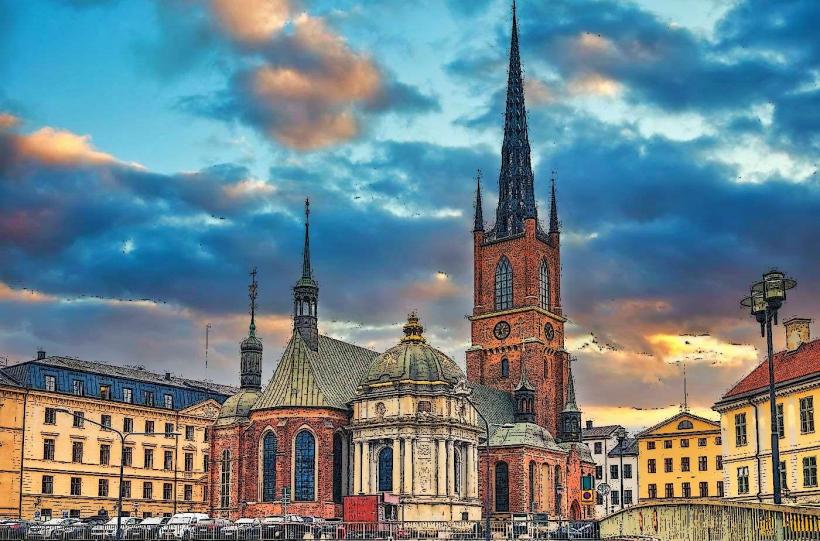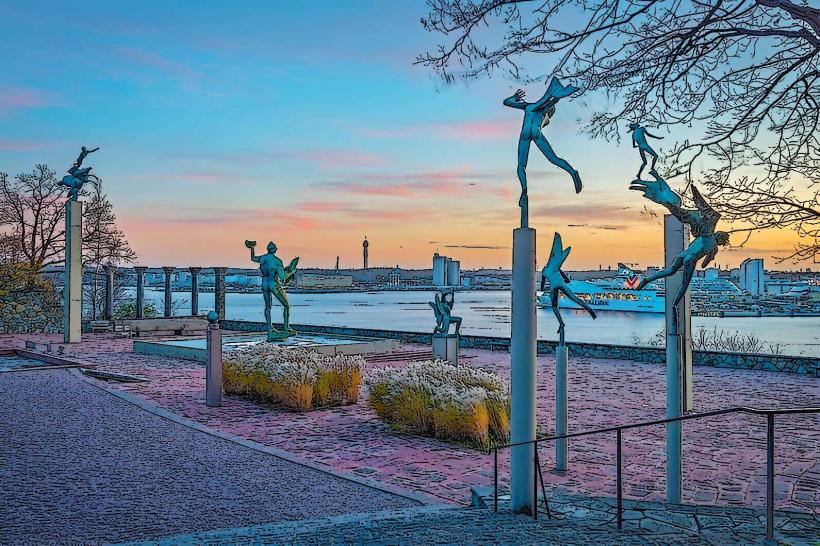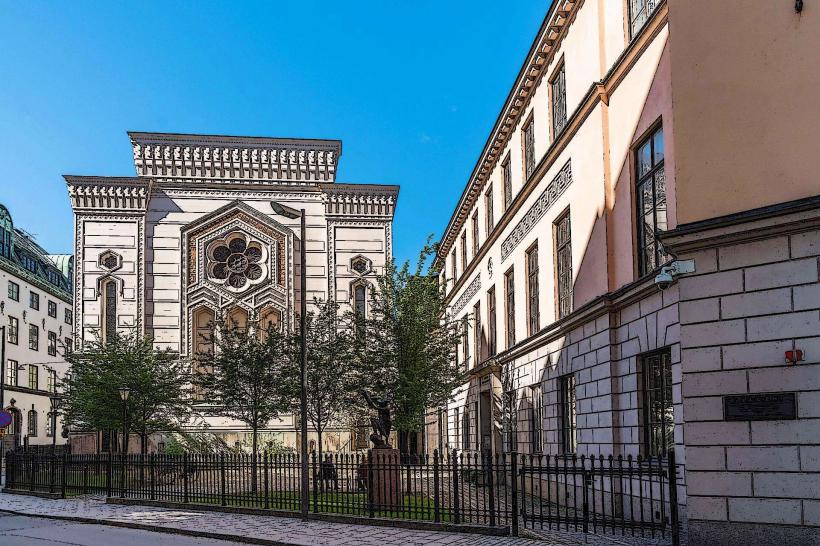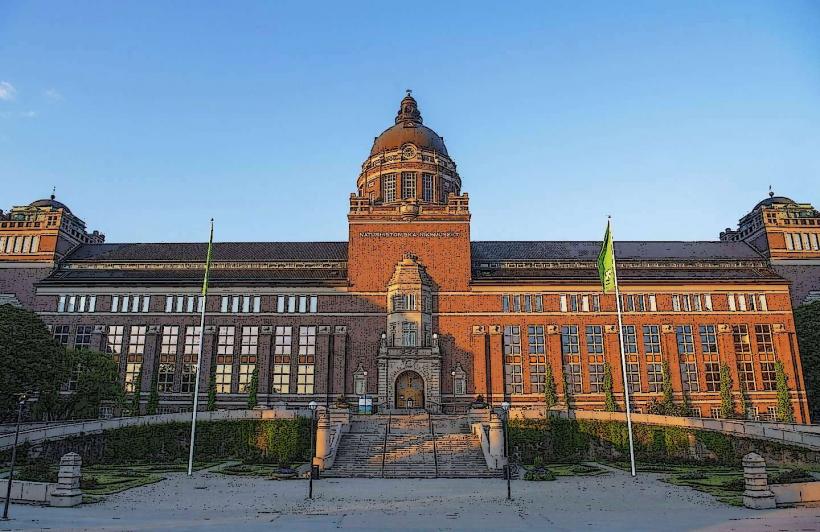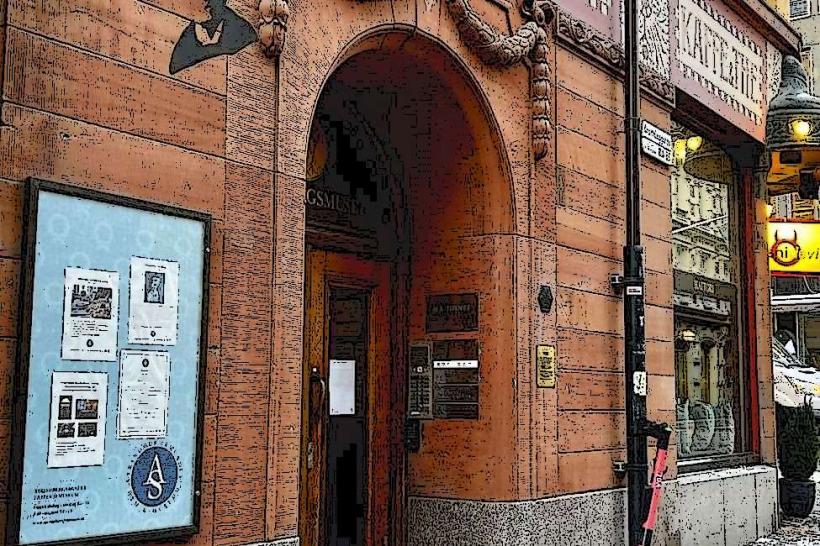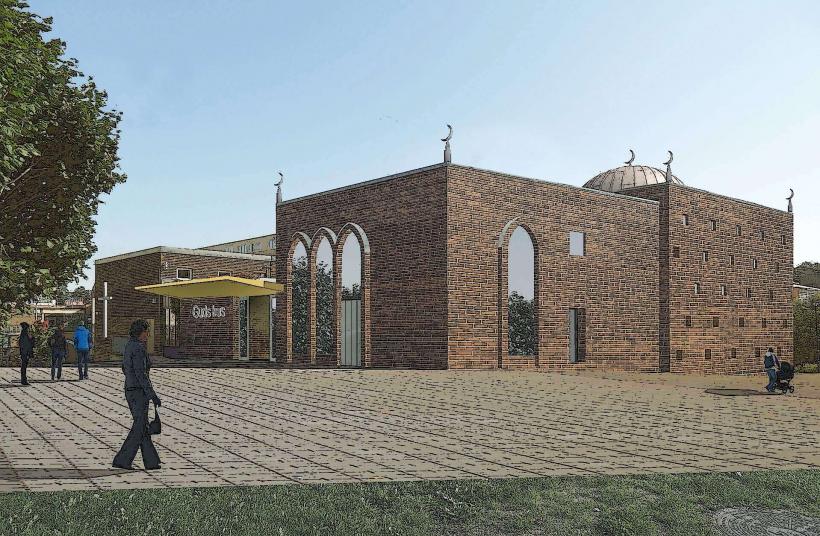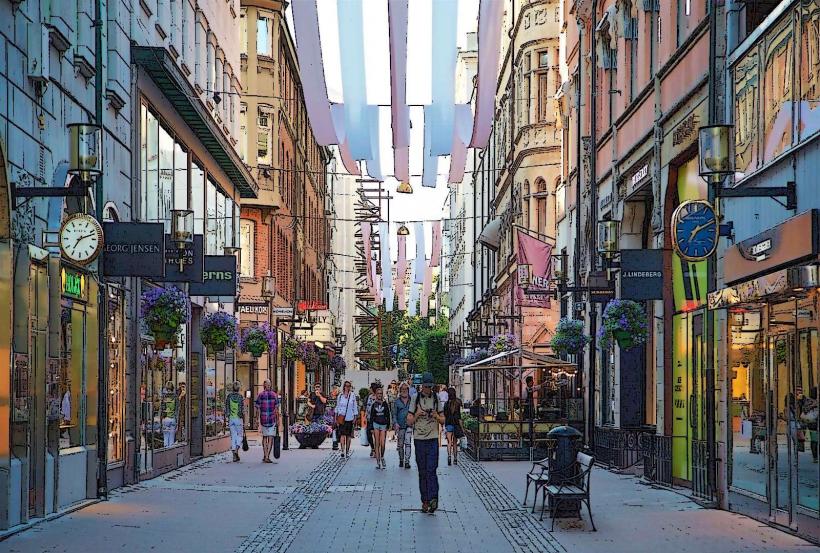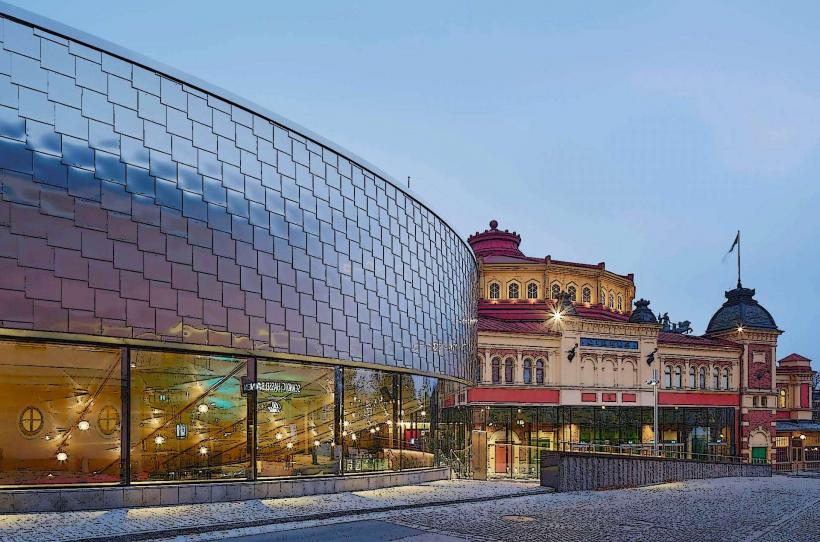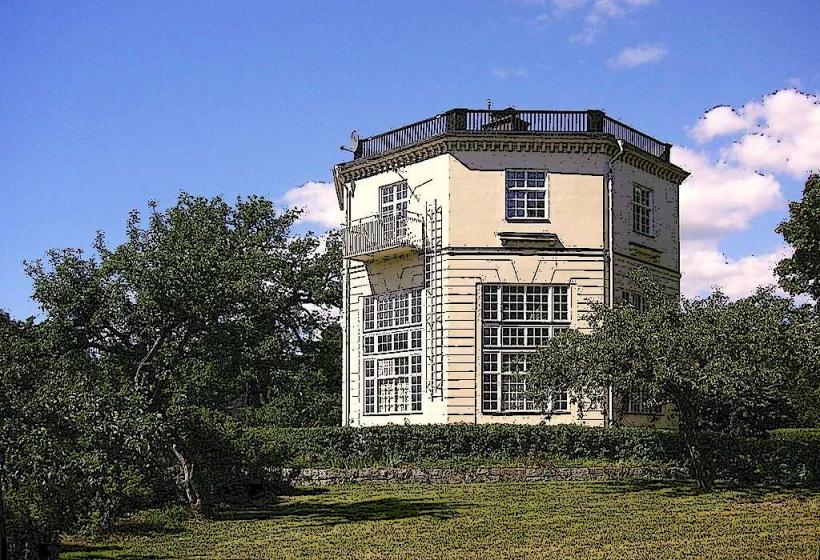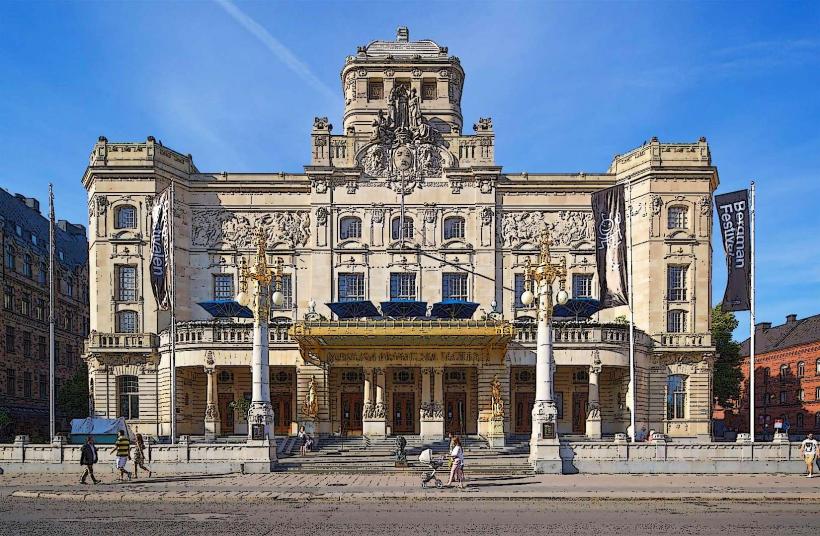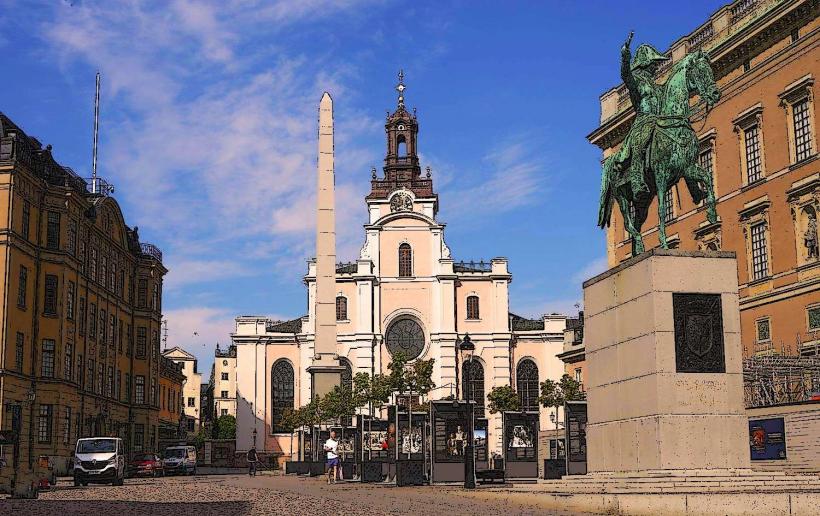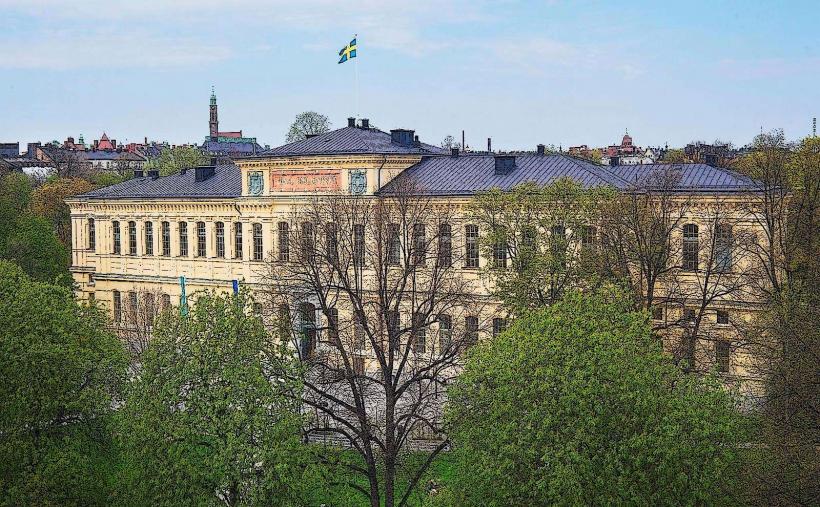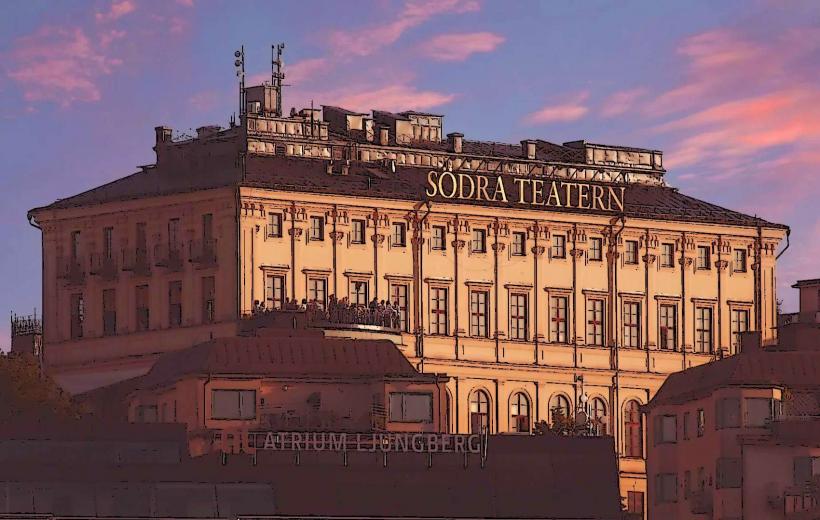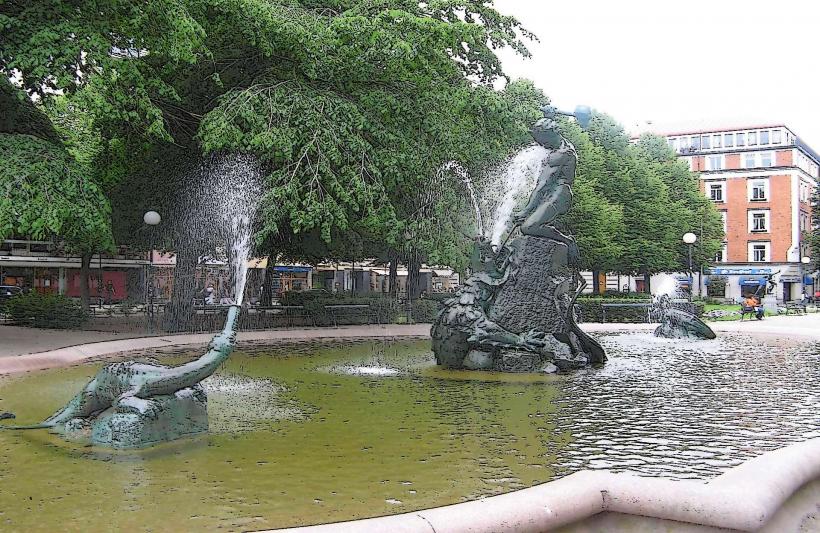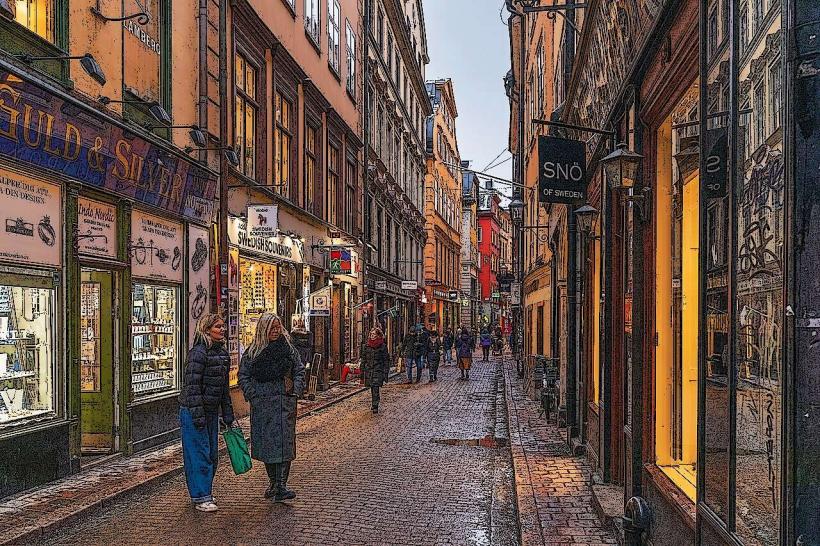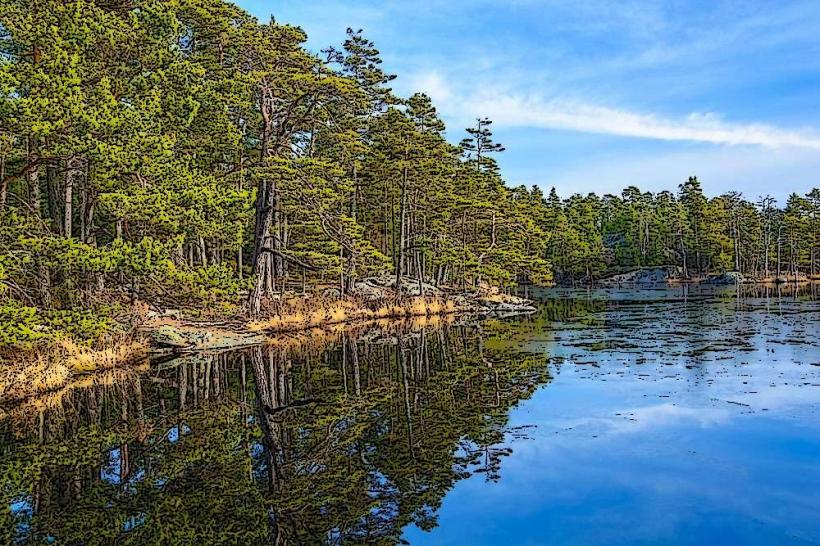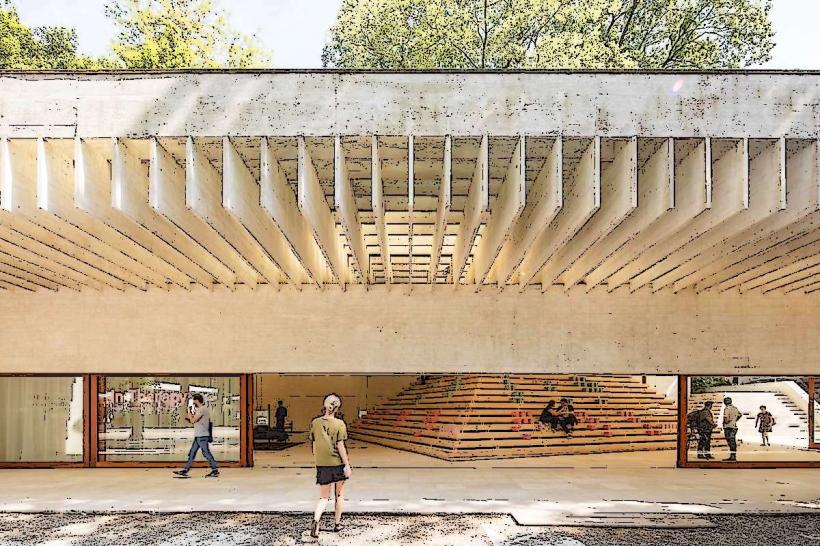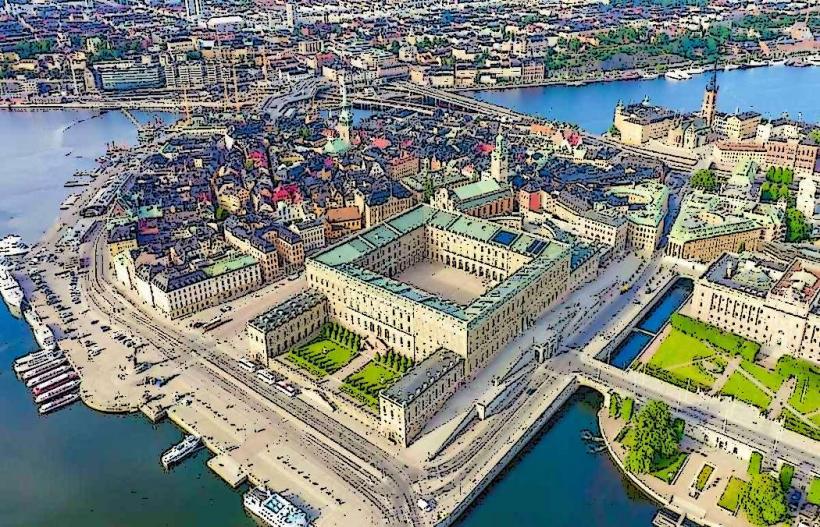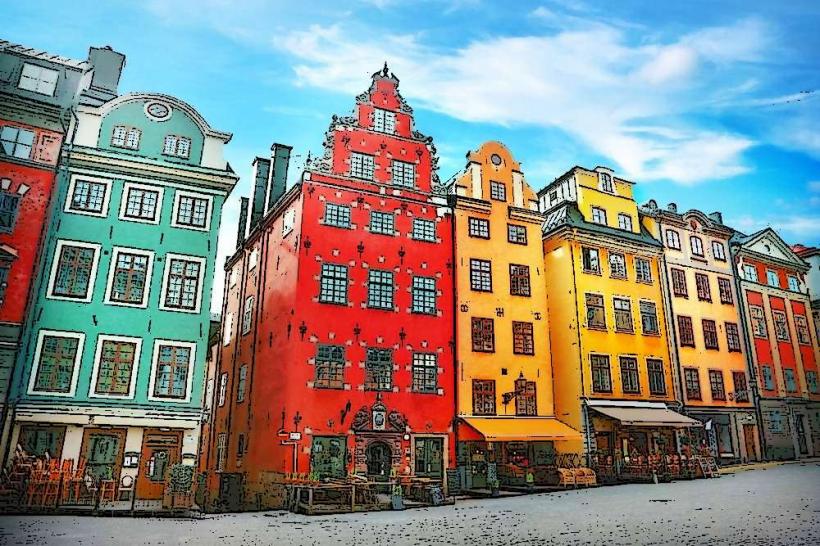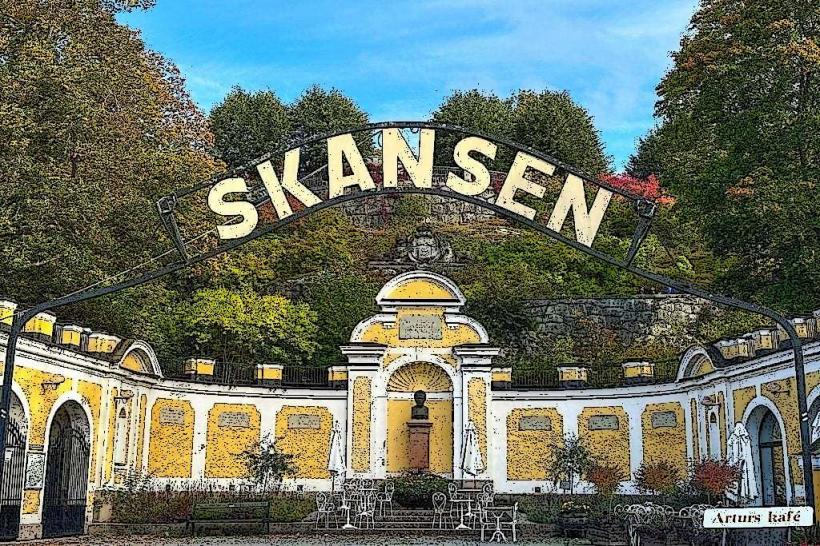Information
Landmark: Stockholm City HallCity: Stockholm
Country: Sweden
Continent: Europe
Stockholm City Hall (Stockholms stadshus) is one of Sweden's most iconic buildings, renowned for its architecture and significance. Here’s a detailed overview of the structure:
1. Location and Purpose
- Address: Hantverkargatan 1, Stockholm, Sweden.
- Primary Function: It serves as the headquarters for the Stockholm City Council and the administrative offices of the municipality. The building is also a popular tourist destination due to its historical and architectural importance.
- Historical Context: Built between 1911 and 1923, it was designed to reflect the power and modernity of Stockholm as Sweden's capital.
2. Architectural Style
- The City Hall is designed in a National Romantic style, a Swedish variant of Art Nouveau, combined with elements of Italian Renaissance.
- The chief architect, Ragnar Östberg, focused on creating a symbol of Swedish democracy, with the building’s form and structure being as much about accessibility and openness as about grandeur and authority.
3. Exterior Features
- The City Hall’s most striking feature is its red brick façade, giving it a warm, welcoming appearance while retaining an aura of monumental gravitas.
- The building is crowned by a tall tower, called the City Hall Tower (Stadshustornet), standing at 106 meters (348 feet). This tower is visible throughout Stockholm and is one of the city's defining landmarks.
- Spire: The tower's spire is topped with a golden crown, symbolizing the monarchy of Sweden.
4. Interior Features
The interior of Stockholm City Hall is equally impressive and is designed with a sense of openness, yet it contains spaces of grand architectural complexity.
The Blue Hall (Blå Hallen):
- Despite its name, this room is actually characterized by its red brick walls. It serves as the venue for the Nobel Prize banquet every December, one of the most prestigious events held in the city.
- The hall has a large open space, where the banquet tables are set for around 1,300 guests.
The Golden Hall (Gyllene Salen):
- This room is famed for its gold mosaic walls, which were created between 1921 and 1923, covering an area of approximately 200 square meters. The mosaics depict significant events from Swedish history, including the triumphs of King Gustav Vasa, the medieval Swedish kings, and the Swedish Empire.
- The mosaic artists, led by Einar Forseth, used gold leaf to achieve its luminous effect.
Council Chambers (Fullmäktigesalen):
- The City Hall also houses the meeting rooms and chambers for the Stockholm City Council. The Council Chamber is designed in a more functional style but still incorporates the grand design features of the building.
5. The Tower and Its Views
- Visitors can ascend the City Hall Tower, which offers panoramic views of Stockholm, including Gamla Stan (the old town), Lake Mälaren, and the Archipelago. It's one of the best spots to view the city from above, particularly during sunset.
6. Public Accessibility and Tours
- Stockholm City Hall is open to the public for guided tours. Visitors can explore both the historical and functional aspects of the building, such as the Blue Hall, Golden Hall, and the tower, while learning about the city's history and culture.
- There are also several artistic exhibitions and installations hosted within the City Hall.
7. Cultural Significance
- Nobel Prize Banquet: The Blue Hall in Stockholm City Hall is globally renowned for hosting the Nobel Prize banquet. This tradition began in 1901 and continues every year with the Nobel laureates, their guests, and Sweden’s royal family.
- The building itself serves as a symbol of Stockholm’s democratic governance and its long history as the capital of Sweden.
8. Fun Fact
- Despite its name, the Blue Hall is actually not blue. The building was initially planned to have blue-painted walls, but as the construction progressed, the red bricks were exposed, and the hall’s name remained unchanged.
Stockholm City Hall’s unique blend of monumental design and local history makes it a key architectural and cultural landmark in Sweden, drawing millions of visitors each year.


